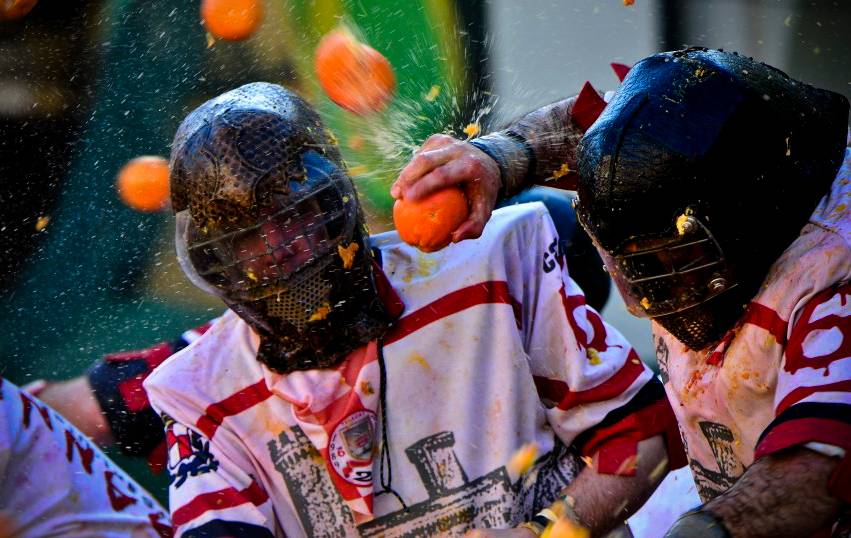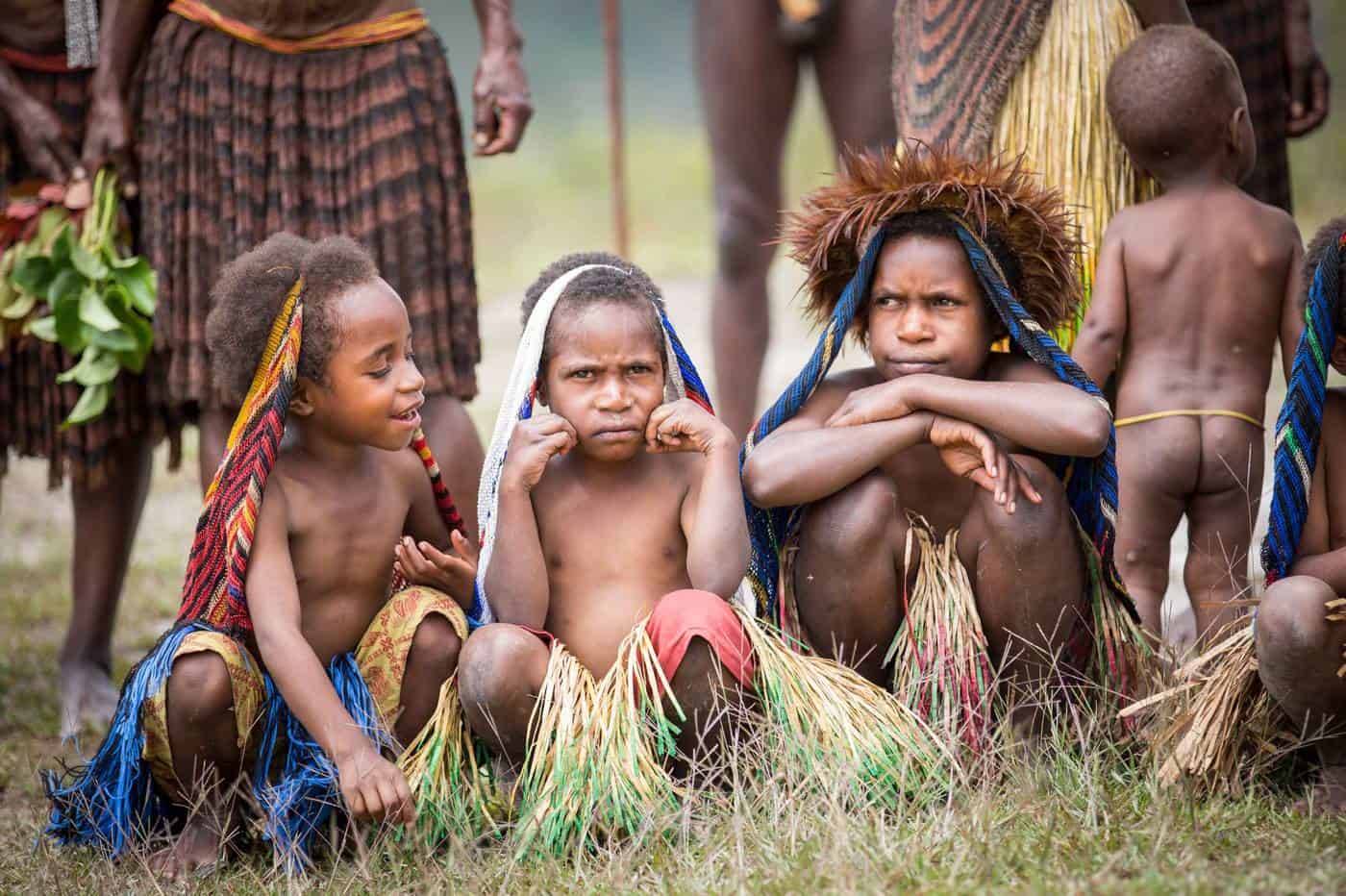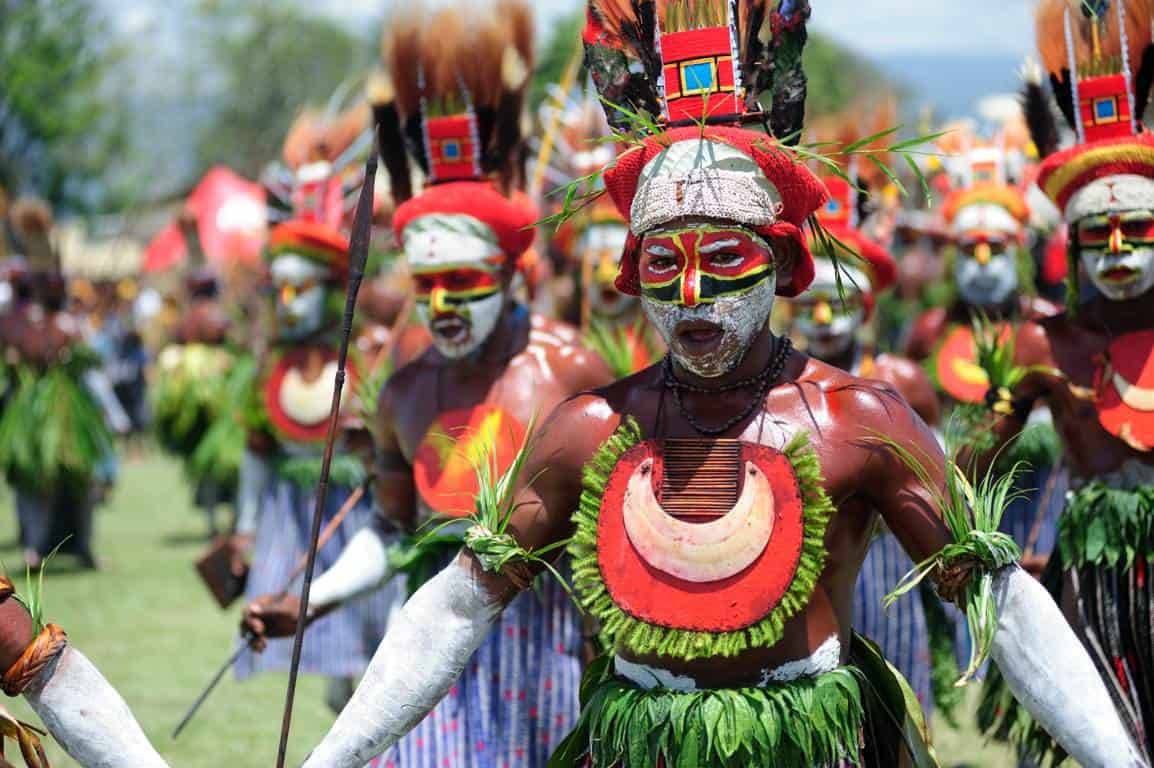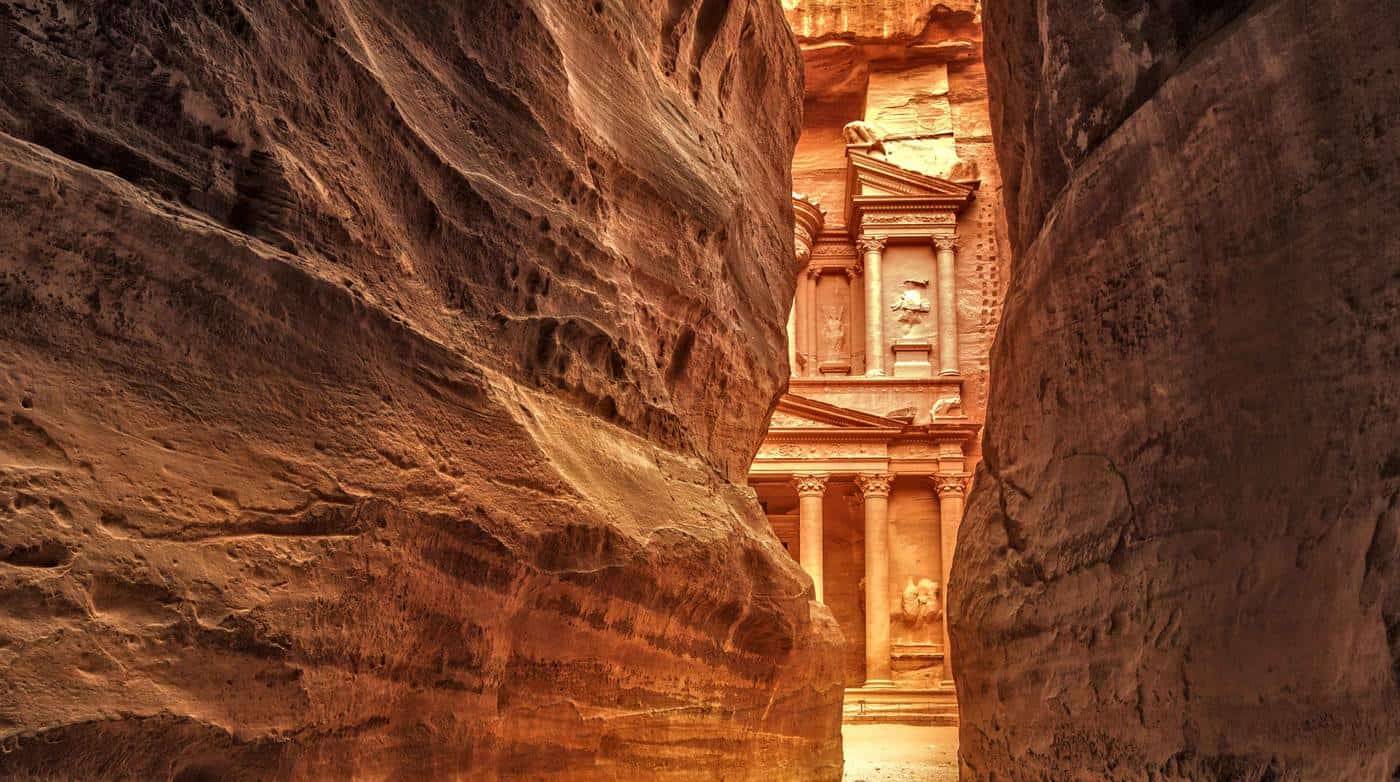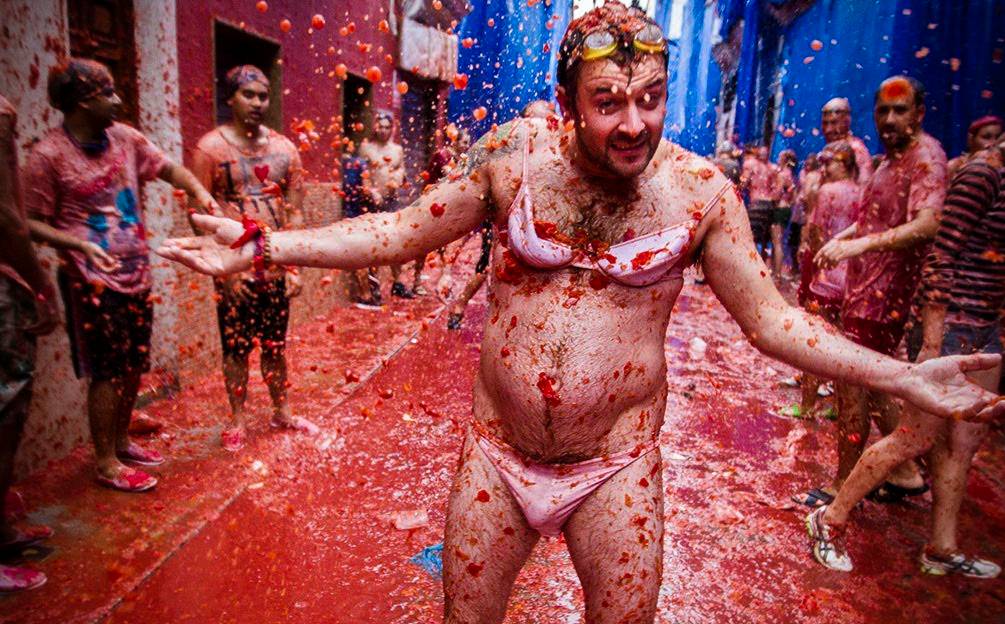
THE WORLD`S CRAZIEST FIESTAS
SONGKRAN
Every April, to celebrate the Thai New Year, entire Thailand fills up with water and clay. That is how the largest water festival in the world starts. Large cities, small towns, and villages in every region get wet to wash away all sins and bad luck. This ritual represents a complete purification and it is supposed to unite Thai folk.Isn’t this one of the World’s Craziest Festivals?
No place in the country is left out. Major roads often get closed for transport so they can be used as arenas for the epic ‘water war’. Songkran enthusiasts march down the streets squirting and spraying water over each other and rubbing clay on their faces. It is a public holiday in Thailand, a phenomenal open-air, public theatre and the ultimate fun day for both, the Thai and tourists.
LA TOMATINA
This might well be the filthiest fiesta of all times, certainly one of the world’s craziest festivals!
Annually held in the small Spanish town of Buñol. Every year, on the last Wednesday evening of August, the local fire brigade has to come in order to spray the whole town down. Why? The reason is pretty obvious. Crowds of the “big mess enthusiasts” gather up in the streets of Buñol to start “the world`s biggest food fight“. What started as a spontaneous street brawl between teenagers, using tomatoes from the nearby vegetable stalls decades ago, has turned into one the most famous festivals on Earth.
More than one hundred metric tons of over-ripe tomatoes are thrown from the trucks over the town and it looks more like a bunch of naked people bleeding profusely while having the best time of their lives. There are some strict rules to be followed during the madness, though. All participants must buy a ticket, they are not allowed to rip other people`s clothes and tomatoes must be squished before they are thrown for safety reasons. This extraordinary fiesta is a once in a lifetime experience and it should be added to your bucket list right now!
BORYEONG
Taking place every August in the town of Boryeong in South Korea, this international mud fight attracts millions of visitors from all around the world The mission is to unite people, interact together and break down the walls of age, nationality, and race. The credo of this celebration is:”All are one under the mud!” Funnily enough, this festival was originally conceived in order to promote cosmetic products using mud with healing properties from the Boryeong mud flats.
Today, the main purpose is freedom and unity! The filthy event became so popular that it is now one of the greatest attractions of South Korea. For two weeks, streets of the seaside town teem with large mud pools, mudslides, mud skiing, dancing, wrestling competitions and other various contests, all involving nothing but mud, of course. This exciting festival brings not only great entertainment but it has also healing benefits since the local mud has fine minerals good for your skin. So, do not be afraid of falling into the mud madness – at least you will get a “bodycial” for free! 😉
HOLI
Holi is the Indian spring festival, also known as the festival of colours. It is an old Hindu religious celebration which starts with a Holika bonfire on the night before Holi when people gather up, sing and dance together. Next morning the actual carnival is launched. This is time to play, chase and paint each other and throw dry coloured powder and coloured water over each other. Many festival lovers carry water guns and water-filled balloons to make the party more exciting.
Like most of the carnivals, Holi represents a strong sense of community and encourages people to get together regardless of the age gender or status. Participants dance, sing, drink and eat all together and this celebration of unity is probably the most cheerful festival in the world. Over the last decades, Holi has become very popular outside of India and festival is even celebrated by non-Hindu communities, as it carries the universal message of love, joy, and unity.
CARNEVALE DI IVREA
The Carnival of Ivrea is certainly the messiest “festa” and the largest food fight in Italy. It takes place every February during the traditional carnival days: Sunday, Monday, and Tuesday. This fascinating festival includes a custom of throwing oranges (with considerable violence) amongst nine combat teams, called “Aranceri” – the people on foot and the troops of the tyrant on carts, to remember the wars of the Middle Ages.
Nowadays, this “citrusy” celebration turns every year into a massive orange battle. A little less filthy than La Tomatina, yet not that “soft and squishy”, the Carnival of Ivrea is a pre-lent celebration. It features parades, costumes and mask and street party and idea of the festival is to strengthen the sense of social unity.
The Ivrean Battle of Oranges has much more history, structure and arcane rules than its Spanish cousin and it is more like a game and performance where costumes and the visual side are very important. The oldest rituals of the carnival include a large bonfire and are similar to ancient celebrations linked to the end of winter and the rise of the new.




